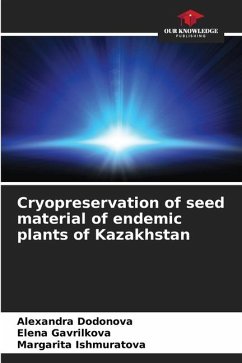
Opioid receptor efficacy during normal and pathological conditions
Versandkostenfrei!
Versandfertig in 6-10 Tagen
40,99 €
inkl. MwSt.

PAYBACK Punkte
20 °P sammeln!
Along the pain pathway, i.e. from the peripheral sensory neuron via the spinal cord to the thalamus and sensory cortex, mu-opioid receptors (MOR) are accessible for the modulation of incoming painful stimuli. In this book the relative contributions of MOR to the systemic antinociceptive effects of MOR agonists at the level of the peripheral sensory neuron, spinal cord, and brain was examined. Moreover, since previous work has suggested that sensory neuron opioid receptors may vary in their number, G protein coupling and efficacy depending on the presence of a normal or pathological condition (...
Along the pain pathway, i.e. from the peripheral sensory neuron via the spinal cord to the thalamus and sensory cortex, mu-opioid receptors (MOR) are accessible for the modulation of incoming painful stimuli. In this book the relative contributions of MOR to the systemic antinociceptive effects of MOR agonists at the level of the peripheral sensory neuron, spinal cord, and brain was examined. Moreover, since previous work has suggested that sensory neuron opioid receptors may vary in their number, G protein coupling and efficacy depending on the presence of a normal or pathological condition (e.g. cancer, inflammation), this book examined the underlying mechanisms of a reduced opioid responsiveness and explored possible therapeutic approaches in the animal model of streptozotocin-induced diabetic neuropathic pain.












